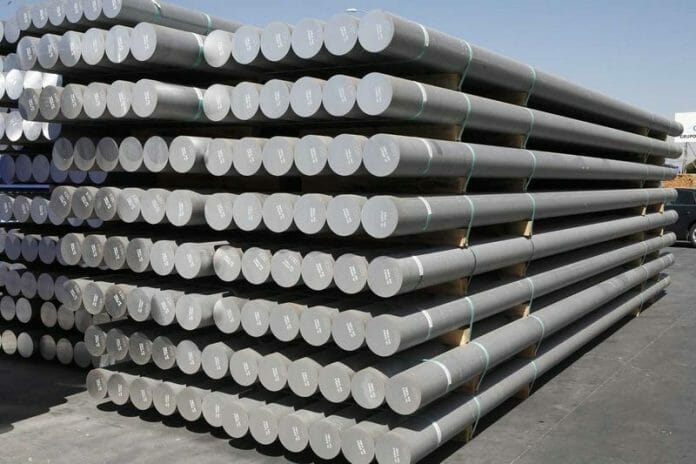Press Metal is the largest aluminium producer in South East Asia with a total extrusion and smelting capacity of 1.29 million metric tonnes per annum.
It has energy cost advantage over larger players, mainly due to 100% of its smelting operations being hydro-powered, while its strategic holdings in Japan Alumina Associates and PT Bintan also provide more stable and cheaper alumina supply.
“We initiate coverage on Press Metal with a BUY and sum-of-the-parts-based trading price of RM5.65,” said Maybank Investment Bank Bhd (MIBB) in a recent report.
Its entrenched position as the largest aluminium smelter in Southeast Asia (SEA), strategically located within close proximity to raw materials and having significant energy cost advantage via its hydro powered facility in Sarawak are its strong attributes.
Coupled with sustained projected aluminium price of USD2,500/tonne due to ongoing supply-demand tightness, MIBB believes this could anchor our 12.9% financial year 2022-2025 E 3-year earnings compounded annual growth rate.
Elevated energy costs since second half of 2021 have resulted in the reduction of aluminium output, mostly across EU smelters as closures are prolonged. Additionally, the crackdown on Chinese coal-powered smelters – as the country moves to more sustainable energy – has also capped supply influx.
“This, combined with steady annual demand growth of 3-4% for aluminium products should support aluminium price of c.USD2,500/tonne in financial year 2023-2025E, in our view,” said MIBB.
Aluminium is also a key metal component for electric vehicles, solar energy and recyclable packaging, thus ensuring rising demand as sustainable products become more prevalent.
MIBB projects a 3-year earnings compounded annual growth rate of 12.9% in financial year 2022-2025 E, to be driven by: 1) sustained spot aluminium price of USD2.5k/tonne on the back of prolonged tight supply; 2) growing sales from its value-added products; 3) improved cost structure from higher alumina in-house supply and declining carbon anode price; and 4) strong FCF to drive down gearing levels to 4% by financial year 2025 E. The stock is trading at a relatively palatable 26x financial year 2023 E PER, which is 1 standard deviation below its 5-year average of 33x.









